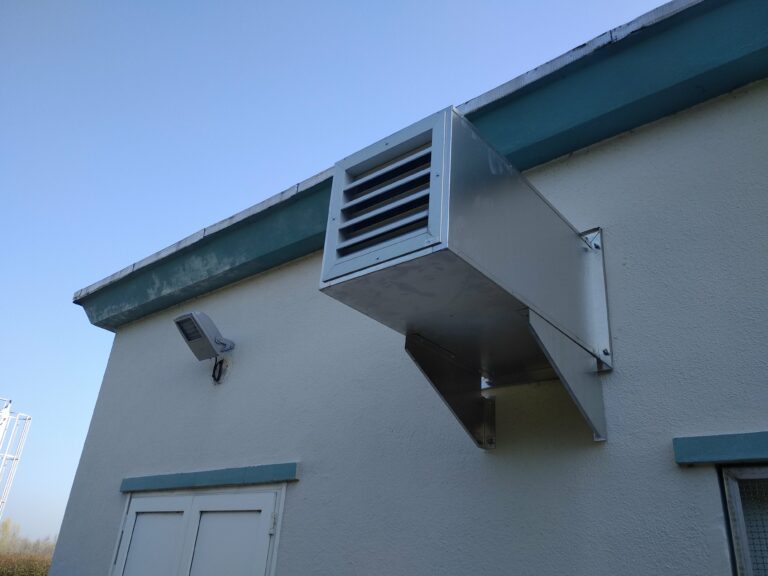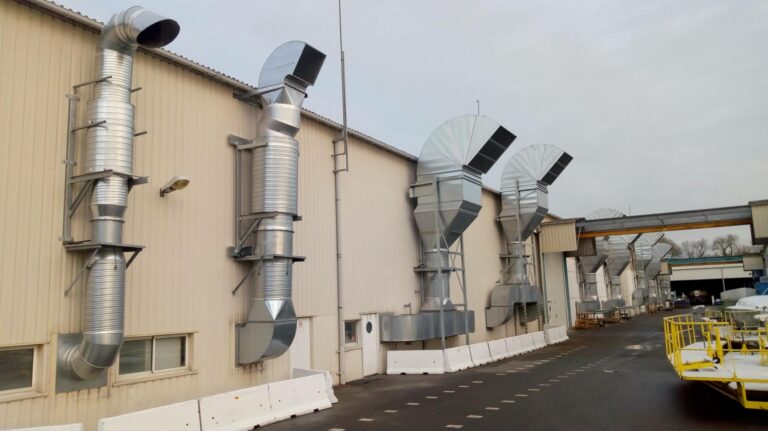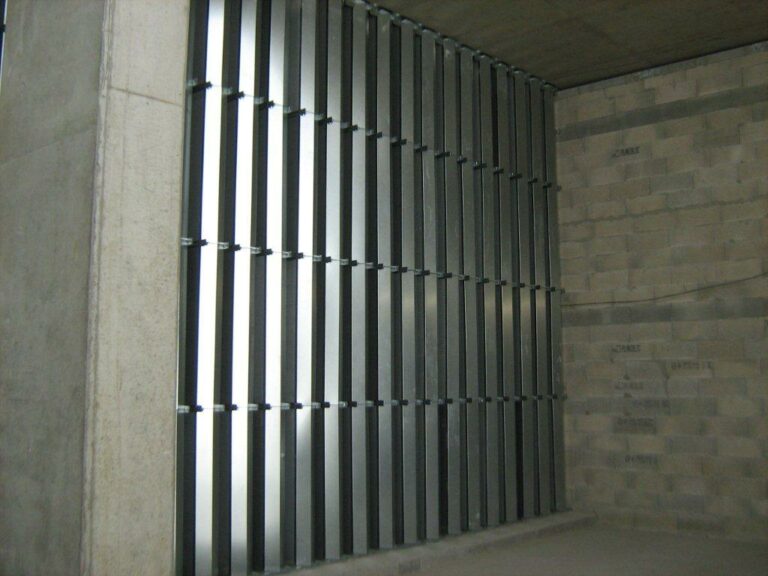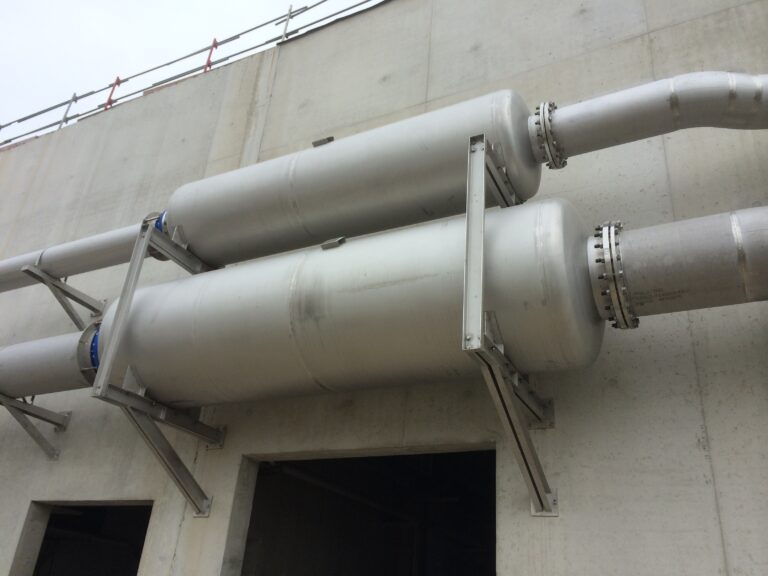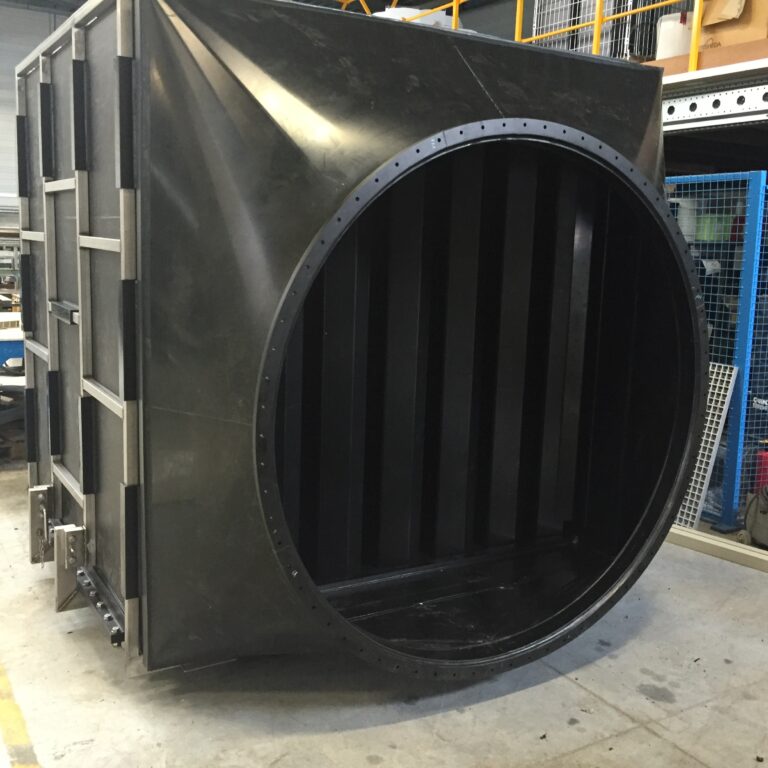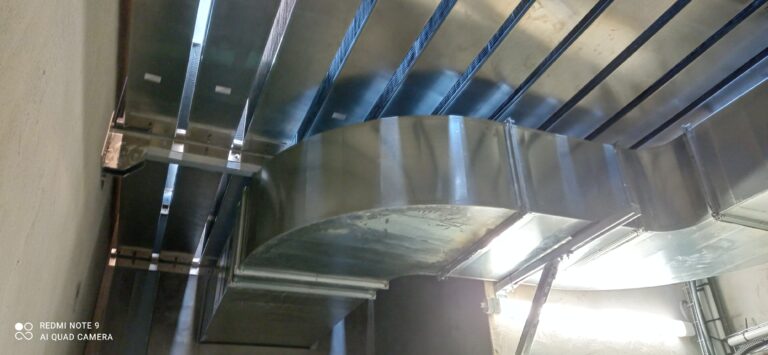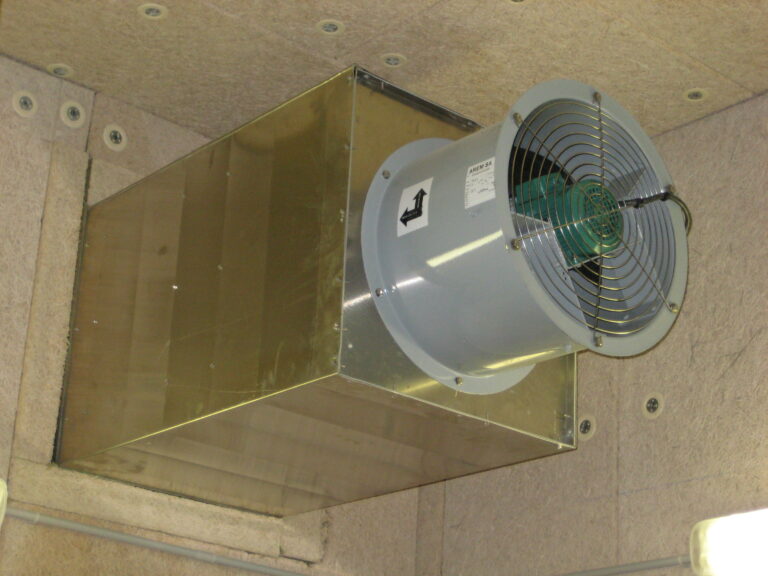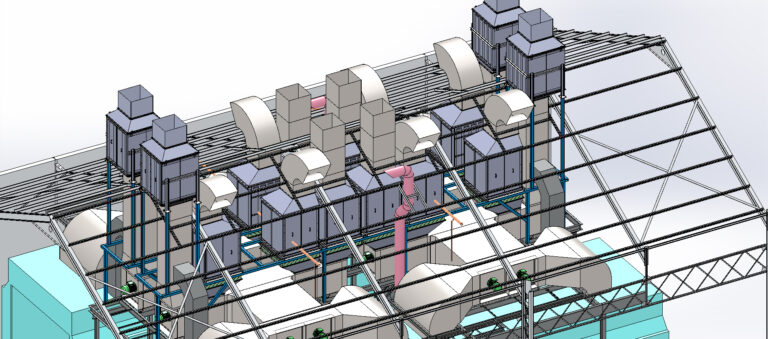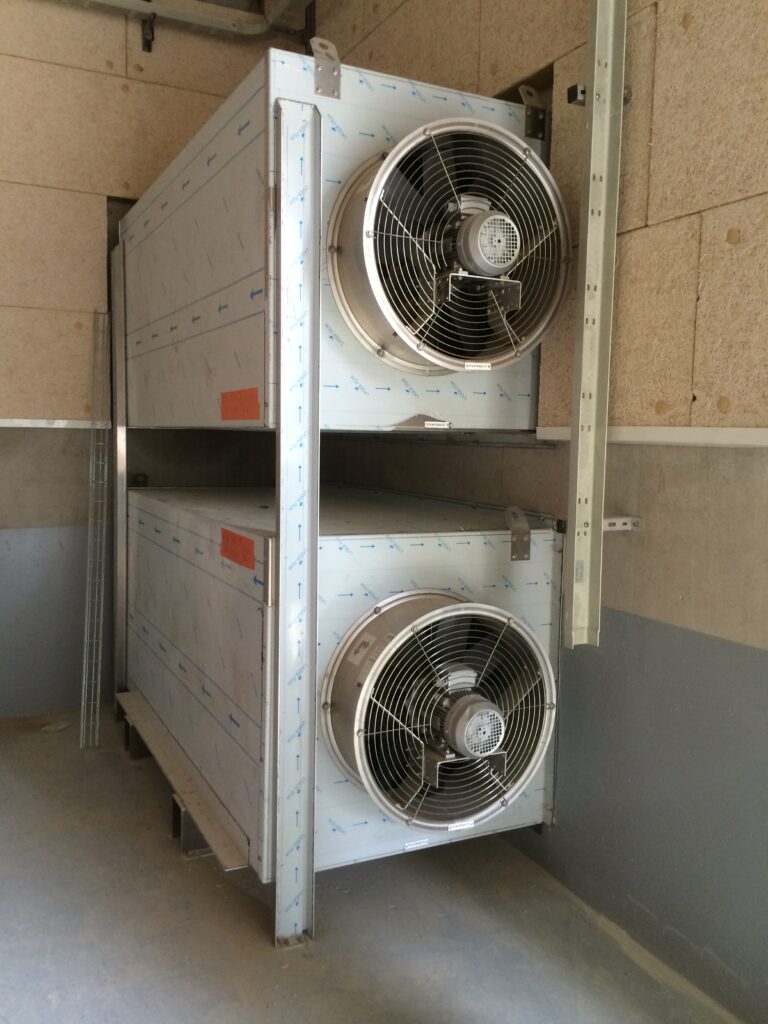Acoustic sound trap with parallel or cylindrical baffles
- Home
- Service
- VENTILATION CVC en
- Acoustic sound trap with parallel or cylindrical baffles
Acoustic sound trap
These mufflers reduce noise by allowing air and gas to flow between absorbing acoustic elements.
It is here to weaken the noise coming out of your systems or technical installation, combining performance and aesthetics, the acoustic sound trap is designed to reduce the noise of your industrial buildings.
The sound trap is an instrument for measuring sound quality. It allows to analyze, with a level of accuracy up to 1 decibel, the frequency response of different audio systems. This article gives you all the keys to using a sound trap yourself. In addition, you will discover how a sound trap can help you improve the sound quality of your audio equipment.
Industrial sound trap
A sound trap is used to capture the ambient noise of a building or a specific room. This reduces noise and provides acoustic ease and comfort for the user.
Sound trap, coaxial, autotransformers, grounding… Technical terms tend to be scary. However, it is important to understand certain parameters when sizing your electrical installations. But what is a sound trap? Are the capabilities of the sound trap constant? How to choose its capacity? We will answer all these questions in this article.
The sound trap must be placed at locations of all rooms in the building
The sound trap should be placed where it is easy to use. It must therefore be easily accessible. It is also important to place it where it can be easily heard.
The sound trap should therefore be placed in places where the sound it produces can be easily heard. This can be for example next to the rooms in which you can hear the sound of the insect.
Place the trap between the power lines
For the sound trap to be effective, you must place it between the power lines. This will allow you to capture the sound and amplify it. This way, you can reduce the amount of sound, but also prevent the sound emitted by the trap from being too loud.
Avoid placing the sound trap near a heating area
If your sound trap is near a heating zone, you can quickly have problems with its operation. One reason for this may be the heat, which can affect the performance of the sound trap. Thus, it is important to separate the sound trap from the heater so that it is not affected.
Do not place the sound trap near electrical appliances
The sound trap should be placed near a water source, in which you place bait. This allows you to attract animals. If you place your sound trap near electrical appliances, you may damage your sound trap.
It is sometimes very difficult to know if the silencer you want to buy is the right one for you. In this article we will see how to choose the right muffler for optimal performance.
A muffler that is too large can cause excessive vibration.
If you choose a muffler that is too large, you may experience excessive vibration. This can be a problem on two levels.
First of all, if you have excessive vibration, it can cause a sound problem. If the noise is too loud, you may not hear outside noises. This can be dangerous. Also, if you have excessive vibration, you may cause damage to your engine. This can be a problem if you have an older engine.
A muffler that is too small will not allow for proper exhaust venting.
When sizing your muffler, you should also consider the capacity of the muffler. If it is too small, you may lose a certain percentage of your power. This can allow you to properly vent the exhaust.
You must choose a muffler that is the same size as your muffler.
For your muffler to be a good fit for your muffler, it needs to fit. This will allow you to benefit from a better performance. If the gap is too wide, you may not get the full performance of your engine. It could even damage your engine.
If you want to improve the sound of your engine, you will have to choose a smaller muffler.
To improve the sound of your engine, you should choose a smaller muffler. This will allow you to enjoy a better sound quality and a better rendering. On the other hand, this can lead to more noise. It is up to you to choose the right compromise.


